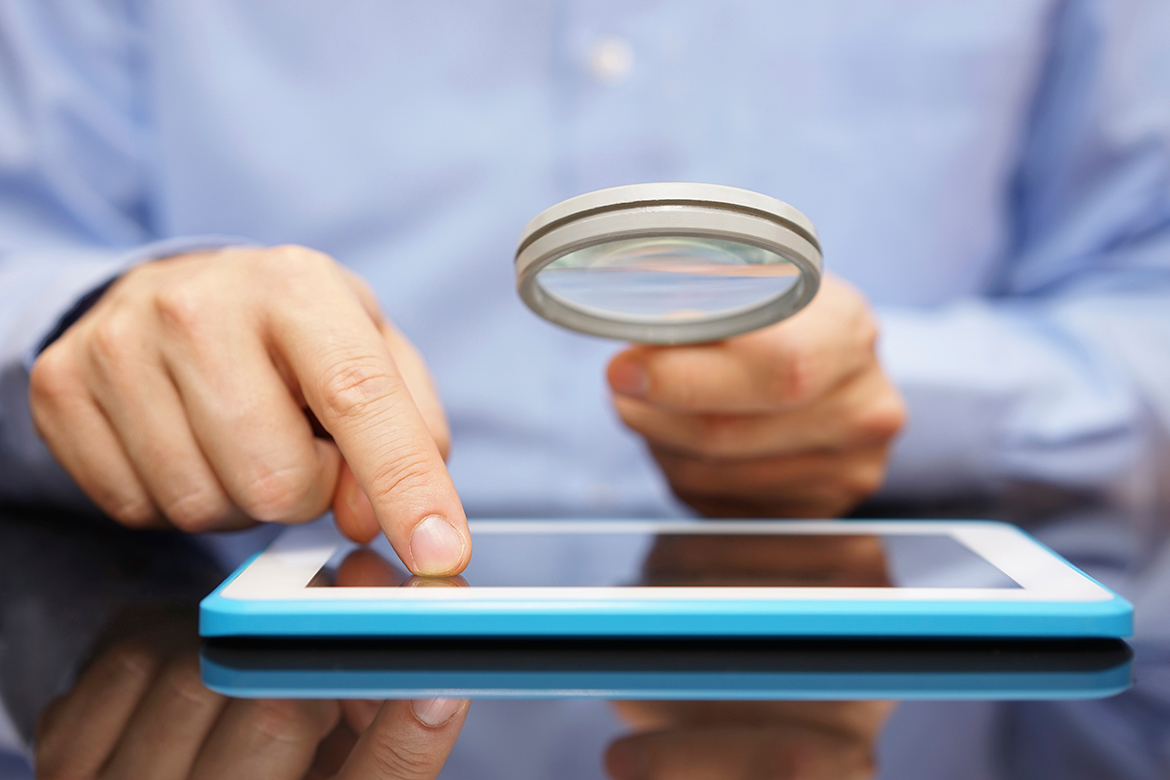Of late, blockchain technology has been in the spotlight. A recent report from the World Economic Forum has predicted that 10 percent of the GDP will be stored on blockchains or blockchain related technologies by 2025.
A blockchain is a public ledger for all executed Bitcoin transactions. It witnesses constant growth with the addition of ‘completed blocks’ in the form of a new set of recordings to it. These new completed blocks are added in linear, chronological order. The Bitcoin network is connected to computers (called nodes) using a client that performs the tasks of validating and relaying the transaction and each node gets a copy of the blockchain, downloaded automatically upon joining the network. The blockchain network has complete address and balance details starting from the genesis block till the last block.
Breaking down the ‘Blockchain Architecture’
Blockchain stands as proof of all transactions that have occurred on the Bitcoin network and thus, is considered as its main technological innovation. The current part of the block chain records the recent transactions and once completed, goes to the blockchain as permanent database once completed. A new block is generated each time a block gets completion.
So, are the blocks placed randomly in blockchain? No, they are linked properly in a linear, chronological order containing a connection of the previous block. Taking conventional banking as a consideration, the blockchain is like a complete history of banking transactions. In a blockchain, the Bitcoin transactions are entered in chronological manner just the way the banks transactions are entered. Meanwhile, the blocks are like individual bank statements.
On the basis of the Bitcoin protocol, the blockchain database is shared by all nodes of a particular system. Thus, it can provide details about insights such as how much value belonged to a particular address at any point of time. However, the ever-growing size of the blockchain is also considered as a problem by some people.
Why Blockchain?
The Blockchain technology has multiple benefits for the payments industry. It allows the exchange of digital assets like Bitcoin, but it isn’t dependent technologically on Bitcoin. The elegance of Blockchain lies in the fact that it obviates the requirement of a central authority for transfer of trust verifying trust. It transfers control and power from large entities to the many, enabling fast, cheaper and safe transactions despite the fact that the entities may remain unknown.
The blockchain mechanics are highly disruptive and novel. As people transact in the Blockchain ecosystem, a transactions record is created automatically. The computers (nodes) verify each transaction with sophisticated algorithms to confirm the value transfer alongside creating a historical ledger of all transactions. The computers that process the transactions forming the blockchain network are located throughout the world and it becomes important to be noted that these computers are not owned or controlled by any single entity. Thus, the blockchain technology makes the payment process comparatively more secure than relying on a central authority for the verification of transaction.

Challenges associated with the implementation Blockchain
New technologies arrive with new challenges and blockchain too has several challenges to overcome:
- The first and foremost Blockchain challenge is its widespread enterprise adoption in order to get the network of participants to agree on a common network protocol as well as technology stack.
- Clear standards to govern the implementation of blockchain across the enterprise are still required. While some enterprises may chose to use Bitcoin network; others may opt for semi-private or permissioned blockchains.
- The development of the blockchain technology may also bring along its own set of regulatory hurdles and cyber-security threats.
- Also, many questions around transactional privacy and security still linger.
The lack of technical understanding is making Blockchain more difficult to be implemented in a proper way. Additionally, another hurdle in implementing Blockchain is the conceptual understanding of maximum potential, it is encompassing. On the other hand, this financial technology will give challenges to many third party companies like Paytm, ebay and flipkart by providing decentralized platform to the buyers and sellers; avoiding the cost of a platform to interact safely.
Thus, despite the associated challenges, many companies are showing their interest in this emerging blockchain technology due its long-term benefits.
Conclusion
Technologies continue to transfer control and power from a central authority and distribute them to masses. For example, WhatAspp – the popular cross-platform messaging application- cut the message sending transaction cost globally in turn, cutting profits for the telecom operators. The phone carriers lost to the messaging application built on a decentralized network- the Internet.
In the same way, the Blockchain disintermediates the third-party verifiers for transactions including payment processors, legal services, auditors, brokerages and similar organizations. Thus, the central authorities that presently verify transactions stand to lose against Blockchain.






